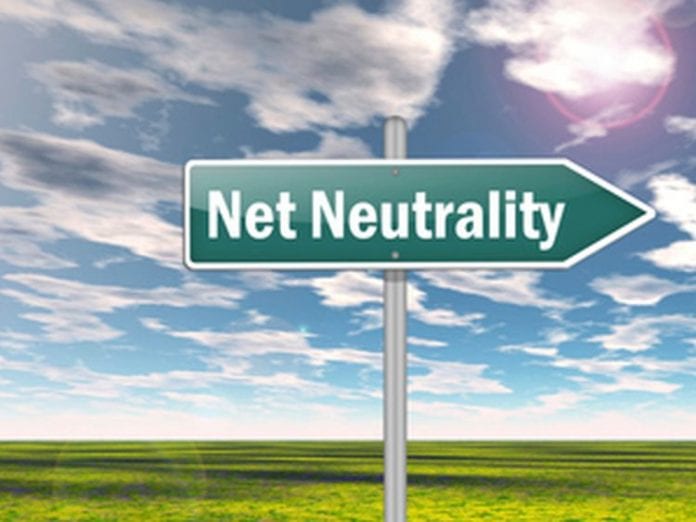The end to neutrability stale net which has been in debate in the U.S. seems to be in sight as Stanford University Engineers have come up with a new technology that will grant customers of broadband more control and access over their pipes.
Network Cookies which is what the new technology is called would make it possible to make decisions for their broadband on such things like which particular network traffic should be given priority in delivery and which should receive lesser priority. With that, a user can decide to prioritize Netflix over email messages and others instance.
With Network Cookies, says Sachin Katti and Nick McKeown, researchers who are also professionals, and also Yiannis Yiakoumis who is an electrical engineering student, there will be an end to the debate that is ongoing on whether providers of broadband has the right to prioritise one particular network and stop the other from getting same priority.
The new technology which was first put up in Brazil during a conference in August will put content providers and broadband carriers on the same level when it comes to allowing user preference. Yiakoumis said the Network Cookies will allow broadband users to have control over how they make use of the broadband and will be both beneficial and feasible, adding that there is transparency as well as ‘audit-ability’ that will make it possible to network management processes.
It is still not clear if this new technology will receive support from broadband providers since it will take some management authority from them. USTelecom spokeswoman declined from making comments when asked about the new technology and if it is a welcome development.

But Yiakoumis is still of a strong conviction that the new technology will provide a lot of usefulness to broadband providers. He is of the opinion that there will make the competition more effective and customers will have net neutrality principles.
The control will not be entirely taken away from broadband providers since they will still have access to their infrastructure, which gives them the power provide service that is low-latency, service that is high-bandwidth, or lower bandwidth with free data.
He added that they will also be able to decide on which network service to provide, how such services are implemented and what guarantees that are surrounding the network. But the users will have access to how these services are put to use and the traffic that should come first. He said the approach is much easier for ISPs so that users will on their own choose what they want without the providers guessing on what they want.
The engineers who conducted the research ran some test on the Network Cookies association with Google where access was granted to 161 homes to an application they called Boost that allowed them to give priority to which video, news, sports, and voice website to choose.









